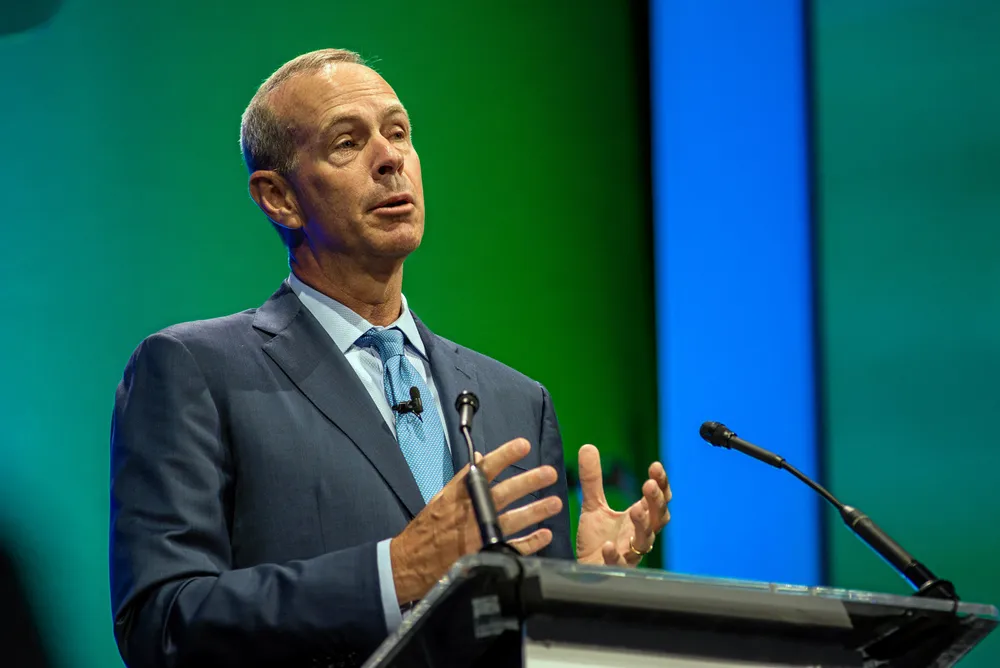Chevron spotlights its energy transition plans, sees renewable gas and fuels to bring in most cash flow
Renewable gas and fuels could make up about half the $1 billion in expected annual cash flow from the supermajor's low-carbon businesses

Renewable gas and fuels could make up about half the $1 billion in expected annual cash flow from the supermajor's low-carbon businesses
